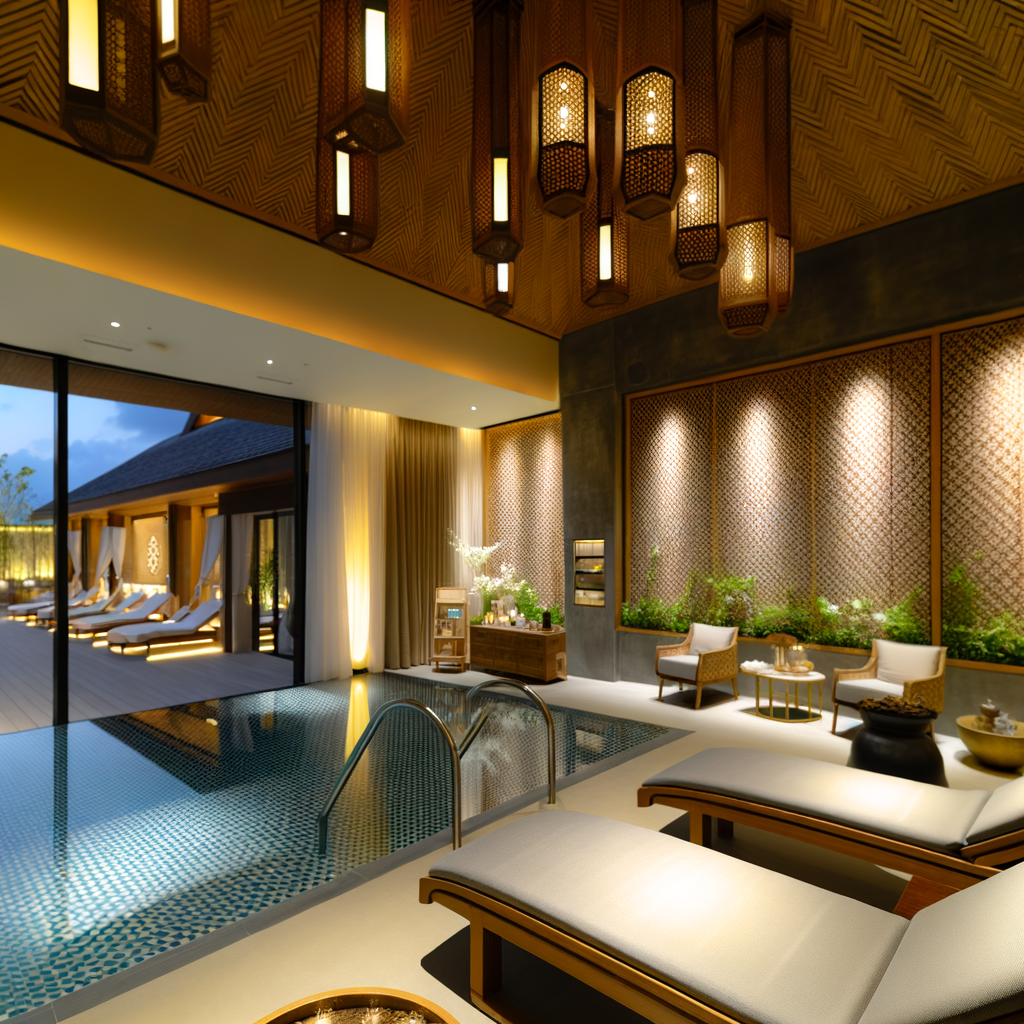“`html
Executive Summary
The wellness tourism market is burgeoning, providing expansive opportunities for luxury spa industry executives to capitalize on this growing trend. As of 2023, the wellness tourism market is valued at approximately $639 billion, with projections to reach $919 billion by 2025, growing at a CAGR of 7.5%. This growth is driven by increasing consumer awareness about health and wellbeing, a surge in travel for wellness purposes, and the rising disposable income of the global population.
In this blog post, we will explore strategic opportunities within the wellness tourism market, supported by industry statistics, actionable steps, and real-world case studies. By leveraging these insights, luxury spa businesses can enhance their offerings, improve their ROI, and secure a competitive edge in the marketplace.
Current Industry Statistics and Data
According to the Global Wellness Institute, wellness tourism represented 6.5% of all tourism trips in 2022, with an annual growth rate that exceeds the overall tourism industry. The luxury wellness segment is poised to grow even faster, driven by affluent consumers who prioritize health and are willing to invest in premium experiences.
Key statistics include:
- Asia-Pacific: Expected to witness the highest growth rate, driven by increased investments in wellness infrastructure and a burgeoning middle class.
- North America: Continues to lead in market share, with the U.S. accounting for 41% of the global wellness tourism market.
- Europe: Growing at a steady pace, with a focus on integrating wellness into cultural and historical travel experiences.
Strategic Framework with Actionable Steps
1. Personalization of Services
Luxury spas should focus on offering personalized wellness programs tailored to individual needs and preferences. This can be achieved by:
- Utilizing customer data to create customized wellness packages.
- Implementing AI and machine learning to predict and enhance customer preferences.
- Offering concierge-level service to provide a seamless and personalized experience.
2. Integration of Technology
Technology plays a crucial role in enhancing the customer experience and operational efficiency. Key steps include:
- Investing in virtual reality and augmented reality to offer immersive wellness experiences.
- Utilizing mobile apps for booking, scheduling, and personalized wellness advice.
- Implementing smart room technology to create a customizable wellness environment.
3. Sustainable Practices
Sustainability is becoming a major consideration for consumers. Luxury spas should:
- Adopt eco-friendly practices and sustainable materials.
- Promote wellness retreats that focus on environmental conservation.
- Leverage sustainability as a unique selling proposition.
Case Studies from Luxury Spa Brands
Case Study 1: Six Senses
Six Senses has successfully integrated sustainability with luxury by offering wellness retreats in pristine locations that emphasize environmental conservation. Their approach includes personalized wellness programs and the use of local, sustainable resources, resulting in increased customer loyalty and a 20% increase in yearly bookings.
Case Study 2: Aman Resorts
Aman Resorts has leveraged technology by integrating smart room technology and developing a proprietary wellness app that offers personalized wellness advice and seamless booking. This innovation has resulted in a 15% increase in customer satisfaction scores and a corresponding rise in repeat visits.
Case Study 3: Chiva-Som
Chiva-Som has focused on personalization by utilizing customer data to tailor wellness experiences. This strategy has led to a 25% increase in customer retention rates and a significant uplift in their average customer spend.
Expert Recommendations
Industry experts recommend that luxury spa executives should focus on creating holistic wellness experiences that integrate physical, mental, and emotional health aspects. Investing in staff training to deliver exceptional customer service and continuously innovating the wellness offerings are critical to staying competitive.
Additionally, forging partnerships with health professionals and wellness influencers can amplify brand reach and credibility.
Conclusion and Call to Action
With the wellness tourism market poised for significant growth, luxury spa industry executives are presented with a unique opportunity to capture market share by aligning their offerings with consumer demands for personalized, technology-driven, and sustainable wellness experiences. By implementing the strategies discussed and learning from successful case studies, executives can enhance their ROI and secure long-term success.
Call to Action: Engage with industry experts and stakeholders to assess your current wellness offerings and identify areas for improvement. Consider investing in technology and sustainability initiatives to differentiate your brand in the wellness tourism market.
“`
See SignalMatch™ in Action
Watch how we turn anonymous spa website visitors into booked appointments.
Book Your Demo